The history of small chapels in Austria
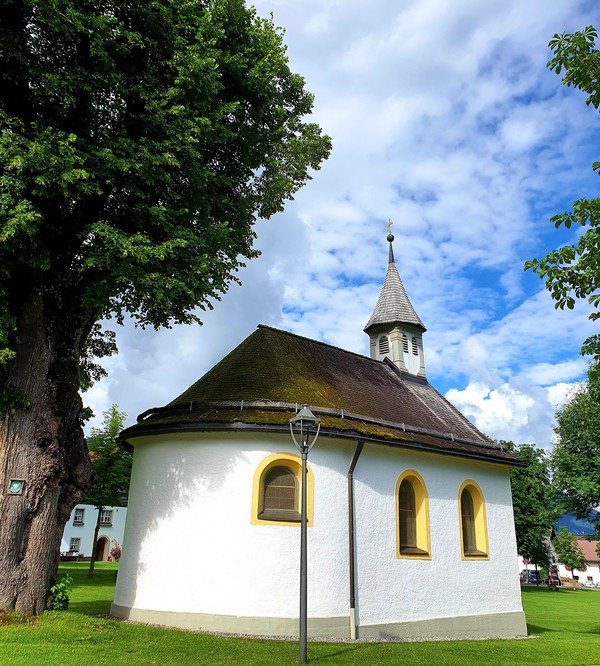
[아츠앤컬쳐] 오스트리아의 작은 예배당들은 산비탈이나 구불구불한 골목 끝, 또는 푸른 초원에 외로이 서 있다. 이 고요하고 눈에 잘 띄지 않는 건물들은 단순한 작은 교회가 아니다. 그것은 돌로 새겨진 역사이자, 깊이 뿌리내린 민중 신앙의 증거이며, 오늘날처럼 분주한 시대에 평화로운 예술적 안식처이다.
공동체 예배를 위해 세워진 대형 교구 교회와 달리, 예배당은 보다 개인적이고 내밀한 이야기를 들려준다. 각 예배당은 저마다의 목적과 성격을 지닌다. 수세기 동안 순례자를 위한 외딴 성지의 순례 예배당, 귀족 가문의 마지막 안식처가 된 묘지 예배당이 있고, 마을 사람들과 땅의 보호를 위한 소박한 마을과 들판 예배당, 위험한 고갯길에서 등산객과 여행자들을 영적·육체적으로 지켜주던 길가 예배당과 산 예배당 등이 있다.

이 작은 성소들이 특별한 이유는 그 안에 담긴 놀라운 예술적 다양성 때문이다. 단순한 외관 뒤에는 정교한 프레스코화, 예술적으로 조각된 제단, 그리고 감동적인 봉헌화 같은 진귀한 예술품들이 있다. 특히 ‘길가의 성상’이라 불리는 봉헌화는 민중 신앙의 진실한 표현이다. 사고나 병 등 위기 상황에 신의 도움으로 구원받은 은혜에 감사하며 남긴 기록들로, 그 자체가 인간의 운명과 신앙의 증거를 담은 독특한 아카이브를 이룬다.
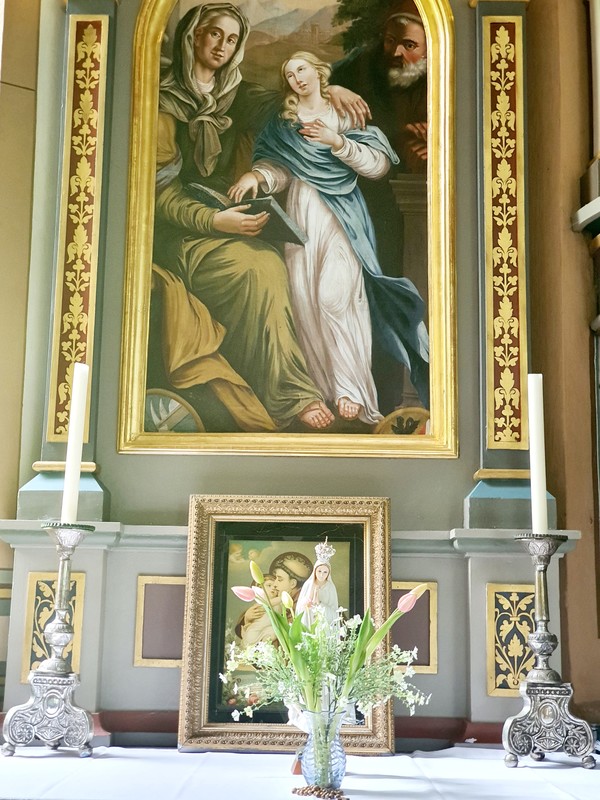
오늘날 많은 예배당은 본래의 기능을 잃었지만 결코 쓸모없어진 것은 아니다. 오히려 그들은 새로운 의미를 얻었다. 문화재로 지정되어 보존·복원되고 있으며, 등산객이나 문화 여행자들에게는 매력적인 휴식처이자 사진 명소가 되었다. 무엇보다도 이들은 소음 가득한 현 시대에 고요한 명상의 공간으로 남아, 교파를 넘어 모든 이에게 성찰과 명상의 장소가 되었다.

그러나 예배당은 과거의 박물관으로 그치지 않는다. 많은 지역 공동체에서는 여전히 부활절이나 마을 축일 같은 특별한 날에 작은 예배 행사를 열고, 예배당을 정성껏 장식한다. 그들은 여전히 살아 있는 지역 전통의 일부인 것이다.
오스트리아에서 산책이나 하이킹을 하게 된다면, 이 고요한 동반자들을 유심히 찾아보길 권한다. 들판 가장자리나 골짜기 어귀에, 눈에 잘 띄지 않게 숨겨져 있을지도 모른다. 잠시 들어가 머물며 그 특별한 분위기를 느껴본다면, 예배당은 고통과 희망, 감사와 안식에 대한 자신만의 이야기를 들려줄 것이다. 이 작은 성소들은 오스트리아 문화경관의 고요하고 꾸준한 수호자이며, 우리 정체성의 소중한 한 부분이다.
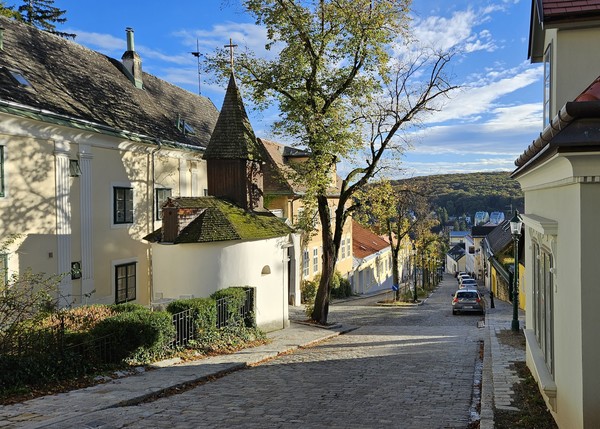
장엄한 알프스의 풍경 속, 하늘과 땅이 맞닿은 그곳에서 예배당은 특별하고 심오한 의미를 지닌다. 그것은 단순한 종교 건축물이 아니라, 때로는 가혹한 환경 속에서도 생존하려는 인간의 의지와 영성을 상징하는 존재다.
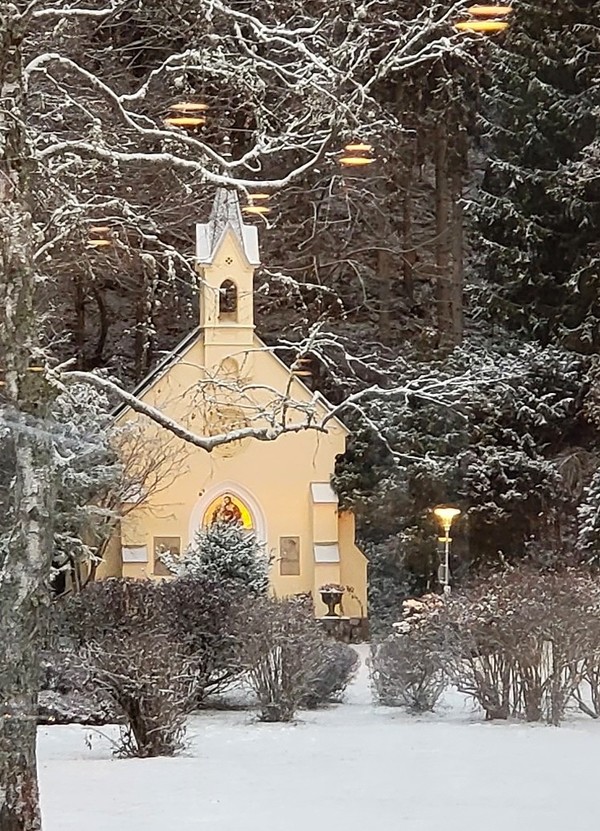
현대의 등산 지도나 GPS가 없던 시절에는 예배당이 중요한 랜드마크였다. 험한 고개나 눈사태 위험이 있는 구간에 세워진 예배당은 ‘이곳이 피난처’임을 알렸다. 안개나 눈 속에서 울려 퍼지는 산 예배당의 종소리는 길을 잃은 등산객들에게 방향을 알려주고, 많은 이들의 생명을 구했다.
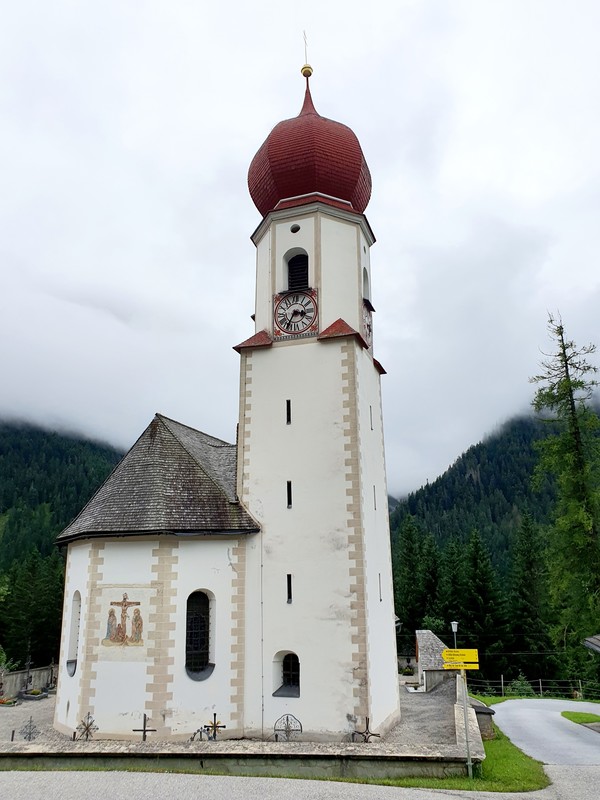
The history of small chapels in Austria
They stand on mountain slopes, on the edge of winding alleys or lonely on green meadows: the chapels of Austria. These quiet, often inconspicuous buildings are more than small churches – they are history turned into stone, testimonies to deep-rooted popular piety and artistic havens of peace in our hectic times.
Unlike large parish churches built for regular community worship, chapels tell personal, intimate stories. Each has its own purpose and character: pilgrimage chapels in remote places that have drawn visitors for centuries. The cemetery chapels, which served as noble family tombs. The modest village and field chapels meant to protect the inhabitants and their fields. Or wayside and mountain chapels offering travellers both spiritual and physical protection on dangerous pass roads.
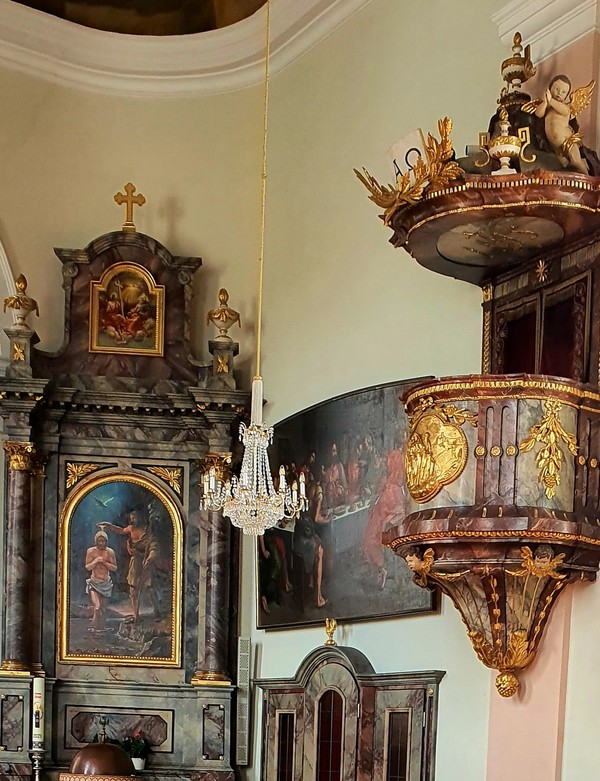
What makes these small sacred buildings special is their remarkable artistic diversity. Behind simple facades are often true jewels – detailed frescoes, artistically carved altars and moving votive images. These “wayside shrines” vividly feflect popular piety: showing scenes of accidents or illnesses and give thanks for salvation through divine help. Together, they form a unique archive of human destiny and faith.
Today, many chapels no longer serve their original prupose, yet they remain meaningful. Preserved as listed monuments, they are restored and cherished. For hikers and cultural travellers, they are worthwhile stopovers and photogenic motifs Above all, they are oases of silence – places for reflection and calm, open to everyone regardless of belief.
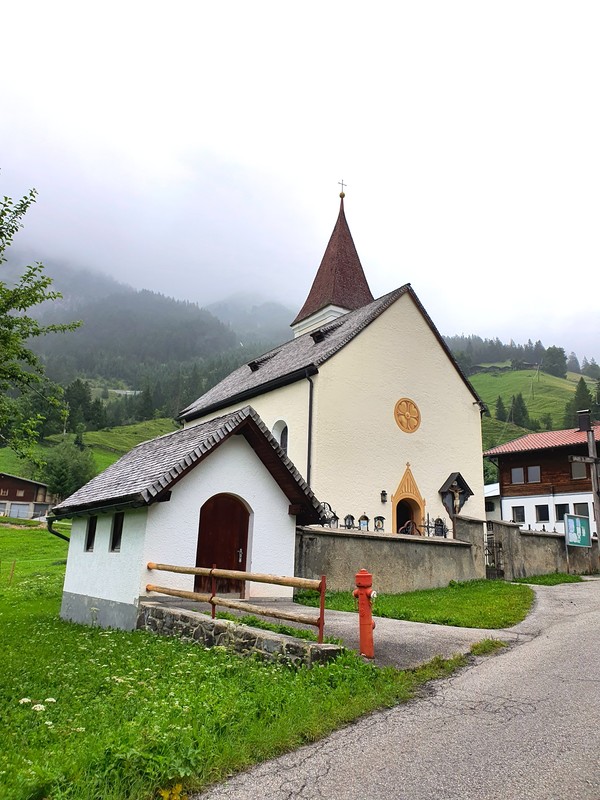
And yet they are not only museums of the past. In many communities, chapels are used for small devotions on high holidays – at Easter or on the village patronage – and are lovingly decorated. They thus remain living parts of local tradition.
When walking or hiking in Austria, look out for these quiet companions – perhaps by a field or hidden in a valley. Step inside, pause, and feel their atmosphere. Each chapel has its story to tell – of suffering and hope, gratitude and the longing for peace. These small sacred buildings are the silent but steadfast guardians of Austria’s cultural landscape and an essential part of its identity.
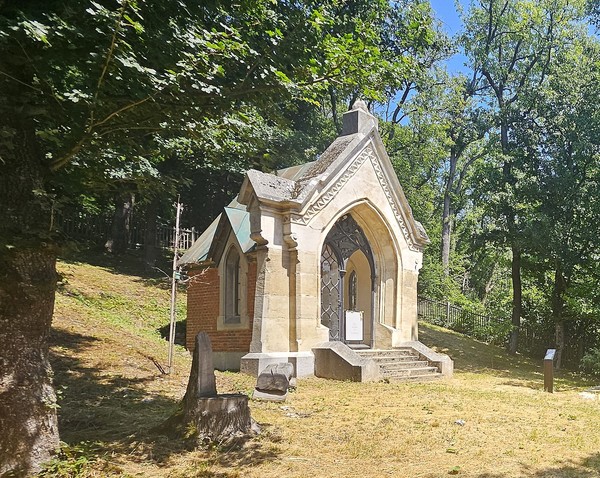
In the majestic Alps, where heaven and earth seem to touch, chapels hold a profound meaning. More than religious structures, they symbolize human will to survive and spirituality in an often unforgiving environment. Before modern maps and GPS, chapels served as important landmarks. At exposed pass heights, on dangerous sections of the trail or in places with a particular avalanche danger, they signal: Here people find protection. The bell of some mountain chapels was rung in fog or snow to show hikers the direction and saved a lot of life.

글 | 볼프강 슬라빈스키 Wolfgang Slawinski
서울명예시민
한·오스트리아협회 회장

